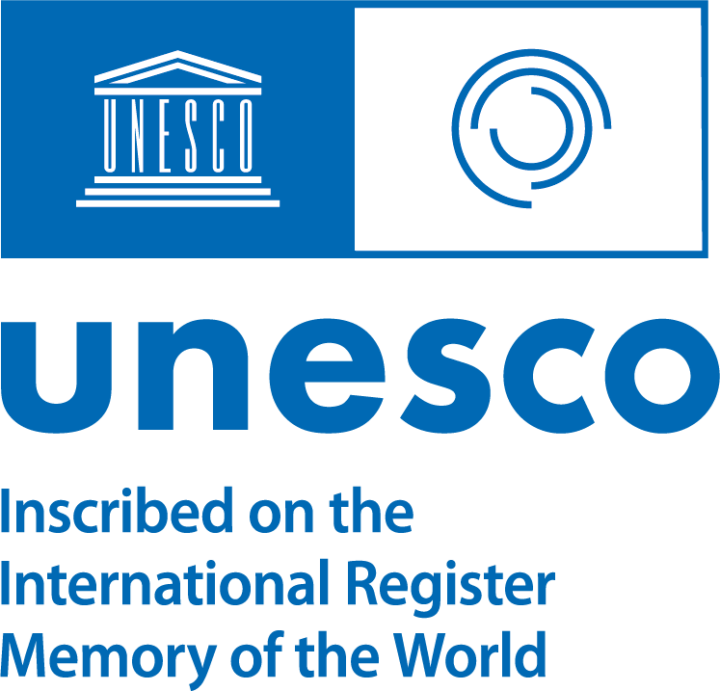Charles Darwin (1809–82)

Charles Darwin was the son of Robert Waring Darwin, a physician, and was not particularly successful in his early academic ventures. After deciding to give up the study of medicine, Darwin left the University of Edinburgh to attend Cambridge and study for a general degree. While there, he was inspired to begin a career in natural history by one of his lecturers, Rev. John Stevens Henslow. It was after his studies had ended that he was presented with the opportunity to become the naturalist aboard the HMS Beagle and travel to South America, and beyond. Most famously he visited the Galápagos Islands, a volcanic archipelago off the coast of Ecuador, where he observed and studied species such as the Galápagos giant tortoise (Chelonoidis nigra) and the marine iguana (Amblyrhynchus cristatus).

Many of the specimens from this almost-five-year voyage are held at the Natural History Museum, London. The Linnean Society holds Darwin’s vasculum, a receptacle used to collect plant specimens on the Beagle. Darwin eventually went on to use the data from this voyage (as well as his own studies in barnacles, coral reefs and more) to formulate his theory of evolution by natural selection. His book, On the origin of species by means of natural selection, was published in 1859 and outlines his theory of evolution (though the term ‘evolution’ was controversial at the time, and Darwin avoids its use). In it he states:
As many more individuals of each species are born than can possibly survive; and as, consequently, there is a frequently recurring struggle for existence, it follows that any being, if it vary however slightly in any manner profitable to itself, under the complex and sometimes varying conditions of life, will have a better chance of surviving, and thus be naturally selected.
The Linnean Society was presented with a first edition of this important work by Darwin, which we hold to this day. But prior to this, in early 1858, Darwin had received a letter and paper from one of his correspondents, Alfred Russel Wallace. Click the Wallace link to find out more.

In June 2025, the documentary heritage relating to the life of Charles Darwin was recognised by UNESCO for inclusion in their Memory of the World register (in partnership with Cambridge University Library; Down House; the National Library of Scotland; the Natural History Museum, London; the Royal Botanic Gardens, Kew, as well as the Linnean Society of London).
